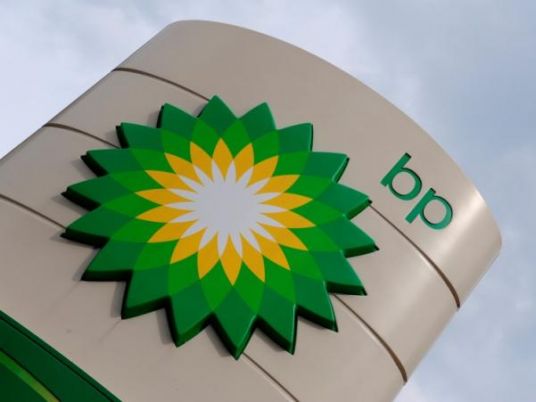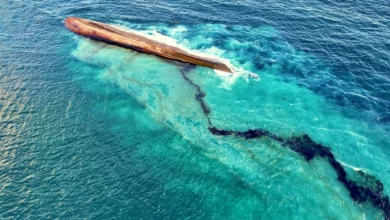Miami–With oil from the BP spill fast disappearing from the surface of the Gulf of Mexico, a marine conservation group is embarking on a two-month expedition to evaluate the impact of oil remaining below the surface.
The study by the conservation group Oceana set to begin 7 August is among several aiming to learn the potential long-term effects of the disaster from the ruptured BP well that released millions of gallons of crude oil into the Gulf waters.
Michael Hirshfield, chief scientist at Oceana, said the mission hopes to get a better understanding of the unique situation in which oil mixed with chemical dispersants remained below the surface.
“It is clear that a lot of oil never reached the surface and has remained underwater,” Hirshfield said.
“We are concerned about the impacts of that oil on creatures that may not be visible from shore, including plankton, fish eggs and larvae, adult fish, sharks, marine mammals and corals.”
Hirshfield said the study will provide a baseline for long-term analysis and may help provide information on how best to deal with any future oil leaks.
“No one knows for sure how long the oil will be toxic under water,” he said.
“That is one of the things we hope to document. The good news is that fish testing has shown that fish from the Gulf caught in the open areas is safe. So the fish will be safe.
“However, there may not be so much as before if the oil killed the eggs and larvae and young fish.”
For this study, Oceana will charter the Latitude, a 51-meter (168-foot) expedition ship capable of sailing in both shallow and deep waters. It sails from Fort Lauderdale and will work for two months in the Gulf of Mexico.
The team of scientists will tag marine animals including sharks and turtles and take samples of sediments, larvae, plankton and water. Dredges and nets will be used in collaboration with various universities.
A separate study launched July 10 by the National Oceanographic and Atmospheric Administration is expected to have results soon.
Joe Lepo, a scientist at the Center for Environmental Diagnostics and Bioremediation at the University of West Florida who is working with NOAA, said it is clear that much of the oil, which would normally float to the surface, had remained underwater.
“This is a relatively light, ‘sweet’ crude that probably lost 50 percent of its mass upon exposure to air, by evaporation of its lighter fraction. And certainly a lot of the oil sunk,” he said.
“The problem with this spill is its confined area, so there is a high concentration of hydrocarbons. The good news is that most of the oil that sinks becomes relatively non-bioavailable and biodegrades very slowly over many years. This is a natural process and I am optimistic that open water wildlife will be minimally affected.”
But the scientist said the long-term impacts are still likely to be significant from the spill with an estimated three to 5.2 million barrels (117.6 million to 189 million gallons) having gushed out into the Gulf.
“The biggest long-term contamination problem will be in coastal marshlands,” he said, noting that oil may get trapped in marsh sediments and continue to impact wildlife.




